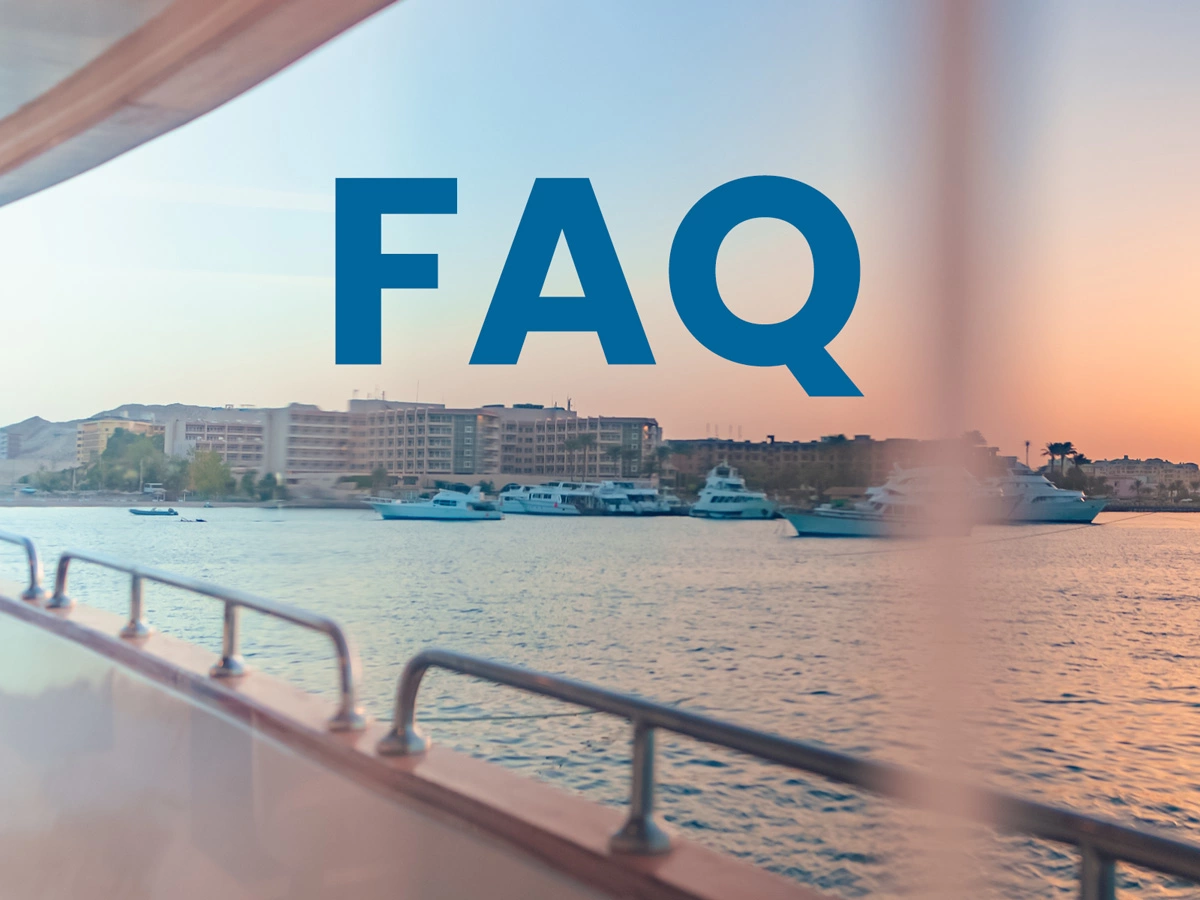Red Sea is known as the most popular diving destination in the world, with its clear blue waters, vibrant marine life, and an array of fascinating wrecks. Planning a diving trip can be overwhelming, but don’t worry – we’re here to help!
At Egypt Liveaboard, we’ve compiled a list of frequently asked questions to provide you with the expert answers you need to plan your dream diving trip. Whether you’re a beginner or an experienced diver, we’ll cover everything from the equipment you’ll need to what documents are required to board the boat.
We’ll also provide recommendations on wetsuits, water temperatures, and the best time to visit the Red Sea. Our goal is to ensure that you have the best possible experience on our liveaboard and in the stunning underwater world of the Red Sea.
A liveaboard trip is a type of diving vacation where guests stay on a boat for several days, diving multiple times a day. The boat serves as both transportation and accommodation, allowing divers to access remote or hard-to-reach dive sites.
The Red Sea is known for its crystal-clear waters and diverse marine life, including colorful coral reefs, wrecks, and pelagic species such as sharks and dolphins. Depending on the itinerary, you can expect to see a variety of underwater environments and species.
Most liveaboard trips in the Red Sea are suitable for intermediate to advanced divers, but the diving experience level required for a liveaboard trip in the Red Sea varies depending on the itinerary and the dive sites.
The best time to go on a liveaboard in Egypt is January to August and September to November.
Yes, many liveaboards welcome non-divers as well. Depending on the itinerary, there may be opportunities for activities such as snorkeling, kayaking, or island excursions.
Red Sea liveaboard trips can include a variety of dive sites, such as coral reefs, wrecks, and deep walls. Some popular dive sites in the Red Sea include the Brothers Islands, Daedalus Reef, st. john's and the Thistlegorm wreck.
The Red Sea is home to various marine life, including colorful coral reefs, schools of fish, dolphins, sharks, turtles, and more.
Liveaboard trips in the Red Sea can range from 7 to 14 nights, depending on the itinerary and the included dive sites.
Many boats offer rental equipment, but it's recommended to bring your own gear if possible for the best fit and comfort. If renting, it's important to communicate your sizes and preferences in advance to ensure availability.
Drinking alcohol and diving can increase your risk of decompression problems. You can drink alcohol once you have completed your last dive of the day.
Yes, most travelers need a visa to enter Egypt. You can obtain a permit on arrival or apply for an e-visa before your trip.
Pack your dive equipment, comfortable clothes, sunscreen, a hat, and insect repellent. A comprehensive list of items you’ll need to bring can also be found on our website. Don’t forget to bring a camera to capture incredible marine life! Read Full Article
You will need to show your passport when you’re on the boat. In addition, you will also need to bring your dive log book and your dive certified card to provide proof of your diving experience and certifications.
The currency used in Egypt is the Egyptian pound (EGP), but Euro is also accepted. Bringing cash in USD or Euro for tipping and other expenses is recommended.
The number of dives will vary depending on the itinerary and weather conditions, but most liveaboards offer 3-4 dives per day. There may also be night dives available, and some boats may offer additional dive opportunities such as early morning dives or diving in remote locations.
Yes, there are certain regulations in place to protect the marine environment and ensure safe diving practices. For example, it's prohibited to touch or disturb any marine life, and some areas may have specific depth limits or entry and exit points. Your dive guide or boat crew will be able to provide more information on the specific regulations for your trip.

